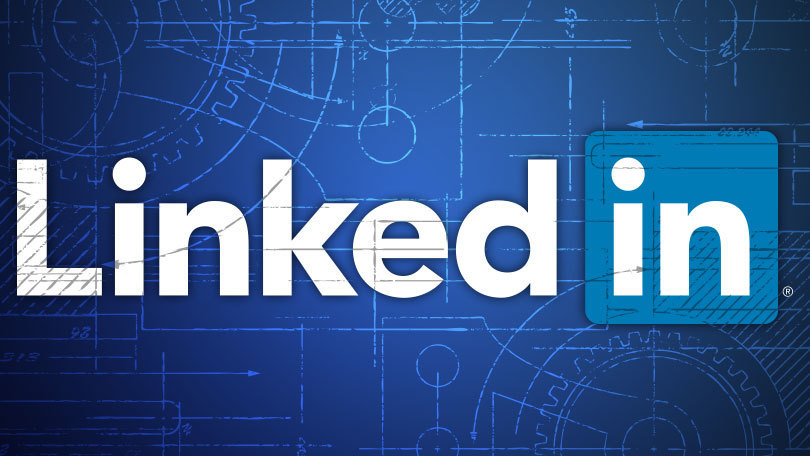LinkedIn Expands Stories Feature With Swipe-Up URLs, Private Employee Access

PCMag editors select and review products independently. If you buy through affiliate links, we may earn commissions, which help support our testing. Learn more.
Internal access to Stories is a way for companies to maintain engagement with their employees during the pandemic, which will likely last for another year for many organizations, LinkedIn says.
Over the past several years, LinkedIn has focused heavily on fleshing out its interactive feature set for business members, so those organizations can enhance their digital marketing efforts. To attract businesses, the company has been concentrating mainly on new features around sales, product promotion, and lead generation via its Pages offering.
“Many of these new Pages features began in our paid-tier, Elevate,” says Rishi Jobanputra, senior director of Pages product management at LinkedIn. “Most of Elevate has now been moved into our free Pages platform, including the announcements we’re making now.”
More Power to LinkedIn Product Pages
In December 2020, LinkedIn announced Product Pages, which takes the form of a new tab on your company’s profile page and acts as a place to connect and share insight with users, customers, and other members who might be experts in your product or the technologies it uses.
At the same time, LinkedIn announced that you could also add links to an external site where customers could provide lead information. Since that announcement, LinkedIn reports that more than 10,000 companies have posted more than 12,000 products to the Product Pages ecosystem, which may not be a huge presence right now, but it does represent a fairly impressive response rate for only a few months of real action.
“Yes, we’re very excited by the response we’ve seen to the Pages enhancements,” says Jobanputra. “We think much of that success is because we’ve made these new features very easy for customers to use. Most simply show up as new options visible to Pages administrators, who can then easily roll them out to customers or employees.”
LinkedIn is now expanding Pages with Lead Gen Forms, which can plug directly into your Product Page, for free. That means no more forcing your Pages visitors to move off-site to gather lead data, which was always a hurdle. Now Lead Gen Forms allow you to gather that data directly off your Pages entry. When a LinkedIn member clicks on a product you’re touting, that person’s LinkedIn profile information automatically populates an in-app form they can submit instantly if they want to learn more about your product.

The process is entirely voluntary on the member’s part, since they need to click manually to share the data, which helps maintain user privacy. You can then export that data to customer relationship management (CRM) systems, and from there directly into your lead management and pipeline process. For those customers that have really dived into Pages as a marketing medium, these new features have had tangible impact.
“LinkedIn Product Pages is a great way for us to build our product community. Until now, we haven’t had a great way to separate our brand from our products, and Product Pages give us the ability to have a forum where we can engage with our followers, generate leads for our products, and develop new features based on ratings and reviews from customers,” says Lynnette McLaughlin, Senior Director of Product Marketing at Hootsuite.
Stories for Pages
Last year, LinkedIn launched LinkedIn Stories, which was intended as a quick way for the community surrounding a product or company to share new announcements, personal or professional stories, or other news with a targeted audience involved with their Pages.
Last week’s announcement expands on this capability by giving companies the ability to create Stories posts aimed not only at external audiences, like partners or customers, but also their internal audience, meaning employees. LinkedIn feels this is another effective channel companies can use to maintain engagement with their employees during the pandemic, which will likely last for another year for many organizations.
“We also made sure to respect user privacy,” notes Jobanputra. “Pages administrators can set up these internal Stories to be publicly visible or only accessible by internal employees, but the employee also has control over what’s displayed from their personal posts in Pages.”
LinkedIn has also added a new feature to Stories, namely the ability to “swipe up.” By swiping up on a Stories post with your mouse or finger on your mobile device, you can send the reader to any destination URL. This is meant not only for an external customer or partner audience, but, again, for your employees, too.
Pages administrators can enter swipe-up URLs on any Stories posts, so the companies or organizations administering Pages can quickly make important announcements for employees there, and then using swipe-up, send them to supporting content. That’d be things like an off-LinkedIn survey, a PDF form that needs to be filled out for HR, or something similar. Naturally, you can also do the same thing for a Stories post aimed at external customers, like sending them to deeper product information or some other marketing content, such as a recorded webinar or virtual event, for example. Early customers seem impressed with these new Pages enhancements.
“Over the last year we have remotely hired and onboarded hundreds of new team members across our global offices. Given the realities of distributed teamwork today, we’re actively incorporating new ways to strengthen our communities at Asana—both internally and externally,” said Stephanie Hess, Head of Global Communications and Corporate Marketing at Asana. She credits the company’s Pages adoption with making this process both easier and more effective.
According to Jobanputra, LinkedIn is rolling out its new Pages capabilities over the next few months. Current Pages administrators should see them pop up dynamically as new capabilities on their current administration pages.
